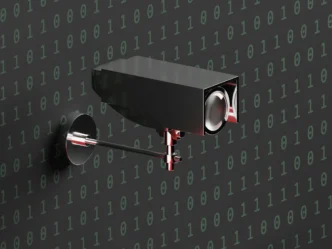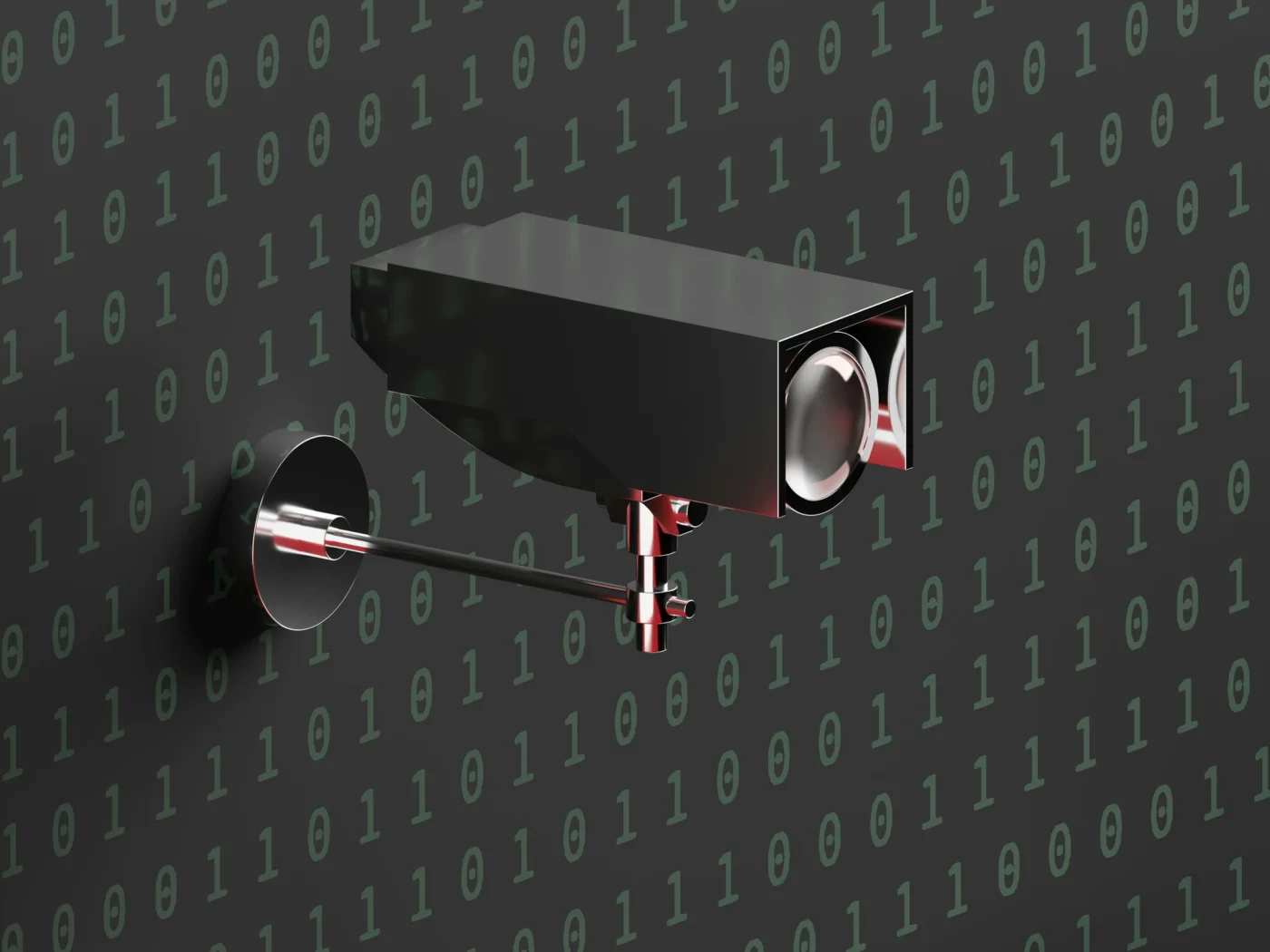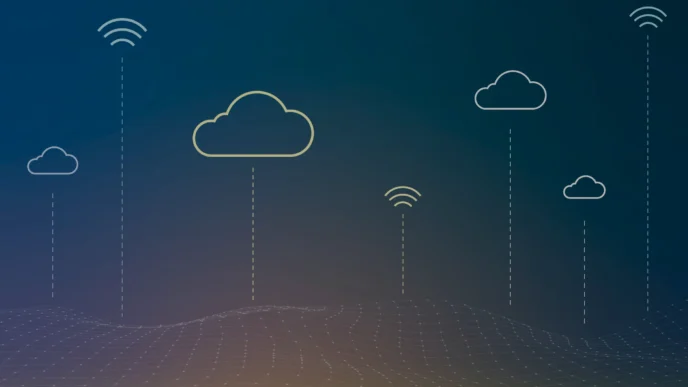Every online interaction leaves behind a data trail, but the true extent of digital surveillance goes far beyond cookies and targeted ads. This article dives deep into all the ways the internet is surveilling you, offering technical insights, real-world examples, and evidence-backed analysis to reveal both overt tracking mechanisms and the hidden backdoors installed by service providers and governments.
Unraveling Data Harvesting and Tracking Technologies
Digital surveillance begins with data collection. Every website visit, click, and search query generates information that can be pieced together to form detailed profiles.
Cookies, Pixels, and Advanced Scripts
Cookies are the most well-known tracking tools—small text files that remember user preferences and login sessions. However, third-party cookies placed by advertisers track your movement across multiple sites. Tracking pixels, almost invisible 1×1 images embedded in websites and emails, silently relay your IP address, browser type, and viewing habits back to data aggregators.
Modern tracking leverages JavaScript libraries and APIs. For example, real-time bidding platforms analyze your browsing history within milliseconds to serve tailored ads, continuously updating your online profile.
Browser Fingerprinting: Your Digital Signature
Unlike cookies, browser fingerprinting collects details such as browser type, version, installed fonts, screen resolution, and even hardware specifics to create a unique identifier. Researchers from the Electronic Frontier Foundation (EFF) have shown that over 80% of browsers are uniquely identifiable through this method. Even if cookies are deleted, your device’s fingerprint remains, allowing continuous tracking.
Technical Insight
A website might run a script that gathers every detail from your browser. The resulting composite—an ID based on your OS, installed plugins, screen settings, and more—remains even after you clear your cookies. This persistent method makes tracking nearly inescapable.
Corporate Surveillance: Profiling for Profit
Large corporations exploit digital tracking to build comprehensive profiles for targeted advertising and behavior prediction.
Data Brokers and Aggregators
Data brokers like Acxiom and Experian collect information from public records, online transactions, and social media to create detailed user profiles. These profiles are then sold to advertisers and other interested parties, often without the individual’s explicit consent.
Technical Insight
Sophisticated algorithms merge data from multiple sources using entity resolution and probabilistic matching techniques. These methods reconcile slight variations across datasets, allowing companies to track your behavior even when data originates from disparate sources.
Social Media Surveillance
Social media platforms, including Facebook and Twitter, gather vast amounts of behavioral data. Every interaction—whether a like, share, or comment—is logged and analyzed by advanced machine learning models to predict interests and political leanings. This data fuels highly accurate predictive models, influencing everything from targeted ads to political campaigning.
Government Surveillance: Beyond the Public Eye
Government agencies employ a range of techniques to surveil citizens, often justified by national security concerns.
Mass Surveillance Programs
Revelations like Edward Snowden’s PRISM leaks have shown that intelligence agencies tap into internet traffic across major tech platforms. These programs allow governments to collect vast swathes of data—from emails and social media interactions to search histories—on millions of users.
Legal and Technical Mechanisms
Agencies use instruments like National Security Letters (NSLs) to compel companies into sharing user data without a warrant. On the technical front, deep packet inspection (DPI) systems allow real-time interception and analysis of internet traffic, capturing both metadata and content.
Backdoors by Service Providers and Governments
One of the more controversial aspects of modern surveillance involves the use of backdoors—intentional vulnerabilities or secret access points built into hardware, software, or communication protocols.
How Backdoors Work
Backdoors can be implemented at various levels:
- In Encryption Software: Some governments have pushed for “exceptional access” mechanisms in encryption systems. For instance, proposals for encryption backdoors would allow law enforcement to bypass encryption if given the correct key.
- In Communication Protocols: Telecommunication providers may be required to include built-in backdoors that enable government agencies to intercept data. This was highlighted in debates surrounding the Apple-FBI case over unlocking encrypted devices.
- In Operating Systems and Applications: Vulnerabilities can be intentionally left unpatched or added during development, allowing remote access by authorities or, in some cases, malicious actors.
Evidence and Examples
Investigations and whistleblower disclosures have revealed instances where backdoors were implemented. In some cases, governments have lobbied tech companies to design their products with hidden access capabilities. For example, during the early 2010s, there were reports of vulnerabilities in popular messaging apps that were suspected to be backdoors for intelligence agencies. While companies often deny these allegations, independent security audits have sometimes confirmed the presence of undocumented access points.
The technical and ethical implications are profound. While backdoors may aid in criminal investigations, they also create exploitable vulnerabilities. Once a backdoor exists, it is not only accessible to authorized agencies but can also be discovered and misused by hackers.
The Internet of Things (IoT): Ubiquitous Surveillance
The proliferation of IoT devices has transformed everyday life, but it has also expanded the surveillance landscape.
Embedded Sensors and Continuous Monitoring
IoT devices—from smart speakers to connected appliances—are equipped with sensors that continuously collect data:
- Smart Home Devices: Security cameras, thermostats, and smart locks record movement and usage patterns.
- Wearables: Fitness trackers and smartwatches monitor physical activity, heart rate, and sleep cycles.
- Connected Appliances: Devices like smart refrigerators log usage patterns and can even track dietary habits.
Technical Details
Many IoT devices communicate using protocols like MQTT (Message Queuing Telemetry Transport), which, without proper encryption, can be intercepted. Researchers have demonstrated that even minor vulnerabilities in firmware can be exploited to gain unauthorized access to device data, making IoT one of the most concerning vectors for surveillance.
Security Vulnerabilities and Data Breaches
Numerous IoT devices continue to use default passwords and outdated encryption standards, rendering them susceptible to large-scale attacks. The infamous Mirai botnet exploited these weaknesses to conduct one of the largest distributed denial-of-service (DDoS) attacks in history, highlighting the severe risks associated with unprotected IoT devices.
Emerging Techniques: The Next Frontier in Surveillance
Digital surveillance is evolving rapidly, driven by advances in artificial intelligence and big data analytics.
AI and Machine Learning in Surveillance
Artificial intelligence (AI) has revolutionized the processing and analysis of surveillance data. Machine learning models can analyze massive datasets to detect subtle patterns that would be impossible for humans to identify.
Real-World Application
For instance, deep learning algorithms can merge data from social media, search histories, and even facial recognition cameras in public spaces to construct real-time behavioral profiles. These profiles are not only used for targeted advertising but also for predictive policing and risk assessment, raising significant privacy and ethical concerns.
Cross-Platform Data Integration
Surveillance systems now integrate data from various sources—web browsing, mobile apps, IoT devices—into unified profiles. Cloud-based analytics platforms process petabytes of data daily, offering a comprehensive, 360-degree view of an individual’s online and offline behavior.
Countermeasures: Protecting Your Digital Footprint
Given the sophisticated nature of digital surveillance, protecting your privacy requires a multifaceted approach.
Technical Safeguards
- Encryption: Use end-to-end encrypted messaging apps (e.g., Signal) and ensure that your communications are secure.
- VPNs: Virtual Private Networks hide your IP address and encrypt your internet traffic, making it harder for trackers to identify you.
- Privacy-Focused Browsers: Utilize browsers like Brave or Tor that limit tracking through features like blocking third-party cookies and fingerprinting scripts.
Software and Extensions
Employ browser extensions such as Privacy Badger, uBlock Origin, and HTTPS Everywhere to block trackers and secure your connection to websites.
Behavioral Practices
Adopt a privacy-first mindset:
- Regularly clear cookies and browser caches.
- Review and restrict app permissions.
- Use search engines that prioritize privacy (e.g., DuckDuckGo).
- Keep software and firmware updated to close security vulnerabilities.
Advocacy and Policy
While individual actions are crucial, systemic change is needed. Support privacy-enhancing legislation and organizations like the Electronic Frontier Foundation (EFF) that advocate for digital rights and stricter data protection standards.
Final Thoughts: Navigating a Monitored Digital World
The methods of digital surveillance are as varied as they are pervasive—from cookies and fingerprinting to AI-driven analytics and hidden backdoors. Understanding all the ways the internet is surveilling you is essential for reclaiming your privacy in an era of ubiquitous monitoring.
By combining robust technical safeguards, responsible online behaviors, and active advocacy for stronger privacy regulations, you can reduce your digital footprint and safeguard your personal information. As the battle between surveillance and privacy intensifies, staying informed and proactive is your best defense.













